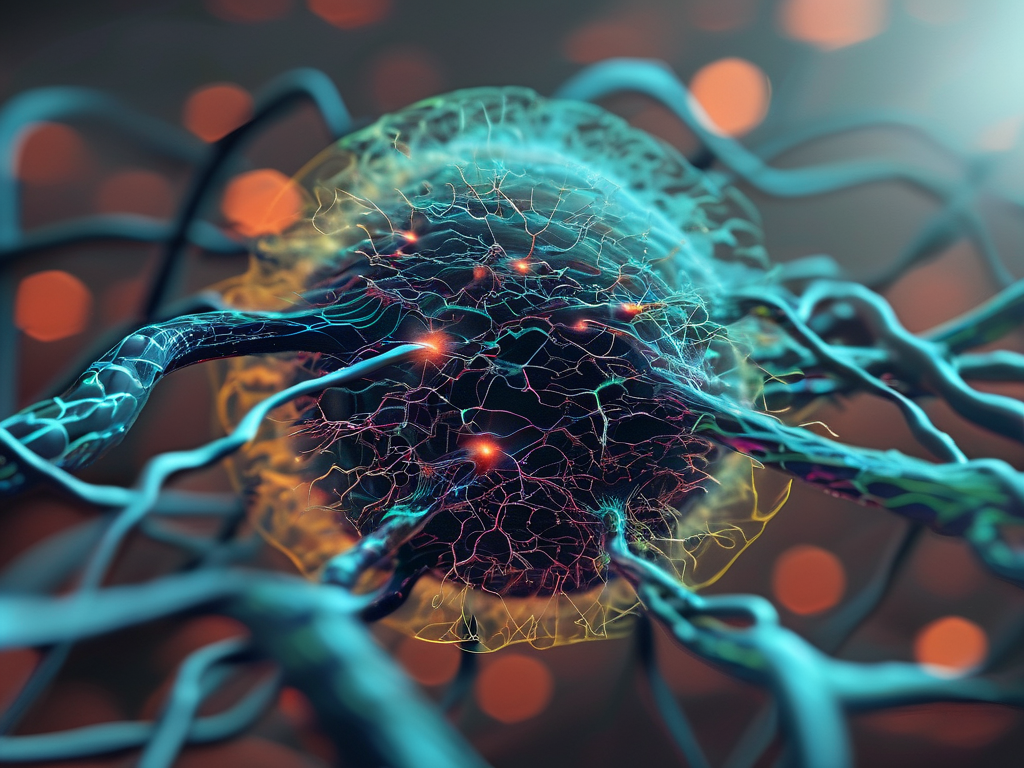The Defense Advanced Research Projects Agency (DARPA) has long been a catalyst for breakthroughs in artificial intelligence, with neural networks standing as one of its most transformative contributions. Since the 1980s, DARPA’s investments have shaped the trajectory of machine learning, enabling advancements that now power everything from autonomous vehicles to predictive healthcare systems. This article explores how the agency’s strategic initiatives continue to redefine the boundaries of neural network capabilities.
The Genesis of Neural Networks Under DARPA
Neural networks, inspired by biological brain structures, emerged as a theoretical concept in the mid-20th century. However, it was DARPA’s funding in the 1980s that turned theory into practice. Programs like the Strategic Computing Initiative allocated millions to develop parallel processing architectures, laying the groundwork for modern deep learning. Researchers at institutions like Carnegie Mellon and MIT leveraged these resources to create early neural models capable of pattern recognition—a precursor to today’s computer vision systems.
One pivotal project, the Neural Network Study (1987–1991), addressed critical limitations in training algorithms. By supporting backpropagation techniques, DARPA enabled networks to “learn” from errors, a feature now foundational to AI systems. These efforts coincided with the agency’s push for adaptive systems in defense applications, such as target identification in satellite imagery.

Bridging the Gap: From Research to Real-World Applications
DARPA’s approach emphasizes dual-use technologies, ensuring neural network innovations serve both military and civilian purposes. For instance, the SyNAPSE program (2008–2017) aimed to develop neuromorphic chips that mimic brain efficiency. While initially designed for unmanned drones, these chips now optimize energy grids and accelerate medical diagnostics.
Another landmark initiative, the Lifelong Learning Machines (L2M) program, focuses on creating AI that adapts dynamically to new data without forgetting prior knowledge. Early results show promise in disaster response robotics, where machines must navigate unpredictable environments. As Dr. Hava Siegelmann, L2M’s program manager, noted: “The goal is systems that evolve like humans—learning continuously from sparse, real-world inputs.”
Overcoming Technical Hurdles
Despite progress, neural networks face challenges like computational complexity and vulnerability to adversarial attacks. DARPA’s Guaranteeing AI Robustness Against Deception (GARD) initiative tackles these issues head-on. By developing algorithms resistant to data manipulation, GARD aims to fortify AI systems used in cybersecurity and financial fraud detection.
Hardware limitations also persist. Traditional GPUs struggle with neural networks’ energy demands, prompting DARPA’s Electronics Resurgence Initiative. This $1.5 billion project explores 3D chip stacking and photonic computing to reduce power consumption by 50x—a leap critical for deploying AI in field operations.
Ethical and Strategic Implications
DARPA’s work raises questions about AI governance. The agency’s Explainable AI (XAI) program seeks to make neural networks’ decision-making transparent, addressing concerns around bias and accountability. For example, XAI-developed tools now help auditors trace loan denial decisions in banking algorithms.
Globally, DARPA’s advancements have sparked a race for AI supremacy. China’s 2030 AI Plan and the EU’s Horizon Europe mirror its model, blending public funding with academic-industry collaboration. Yet, DARPA retains an edge through agile contracting—awarding grants in weeks, not years—and fostering interdisciplinary teams.
The Road Ahead
Current projects hint at neural networks’ future. The Artificial Intelligence Exploration (AIE) program funds high-risk, high-reward ideas, such as quantum-enhanced neural networks for weather prediction. Meanwhile, the AI Next Campaign aims to create “third-wave” AI systems capable of contextual reasoning—a step toward machines that understand cause and effect.

As neural networks grow more sophisticated, DARPA’s role evolves from funder to facilitator. Partnerships with companies like IBM and startups like Cerebras ensure lab discoveries scale rapidly. For policymakers, the challenge lies in balancing innovation with safeguards, ensuring these technologies uplift society without exacerbating risks.
In , DARPA’s legacy in neural networks underscores the power of mission-driven research. By aligning cutting-edge science with strategic objectives, the agency continues to shape an AI-augmented future—one algorithm at a time.









